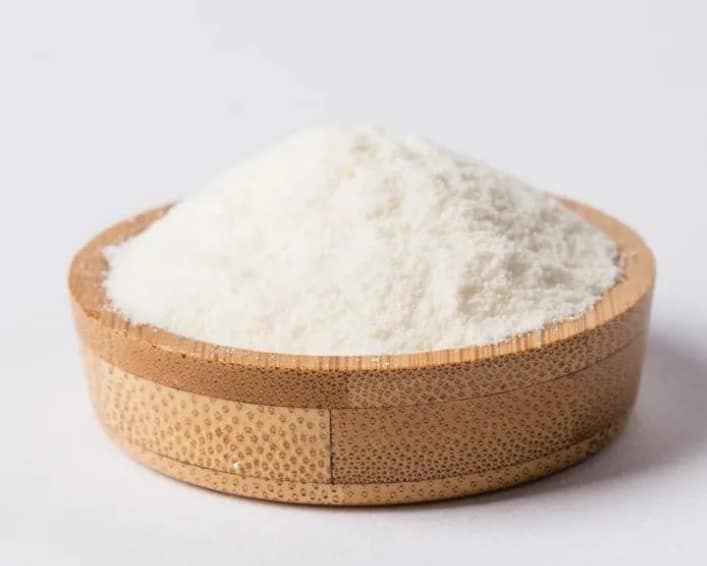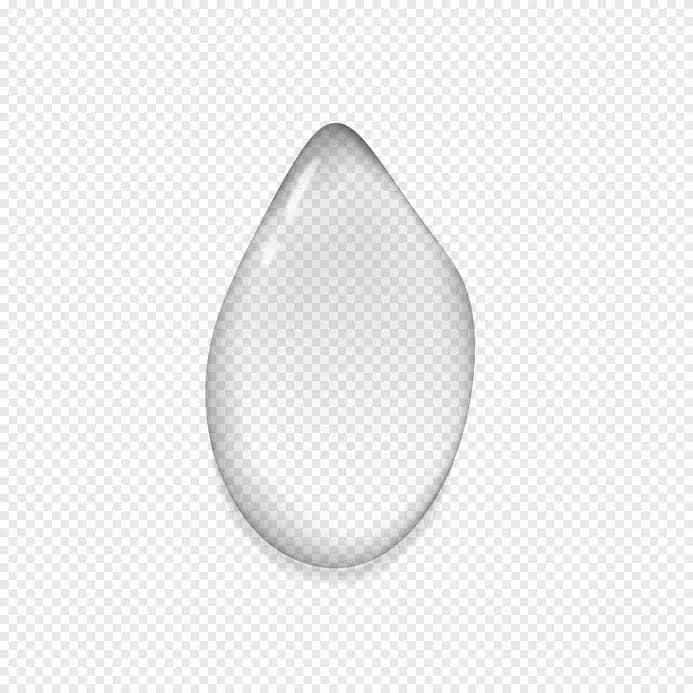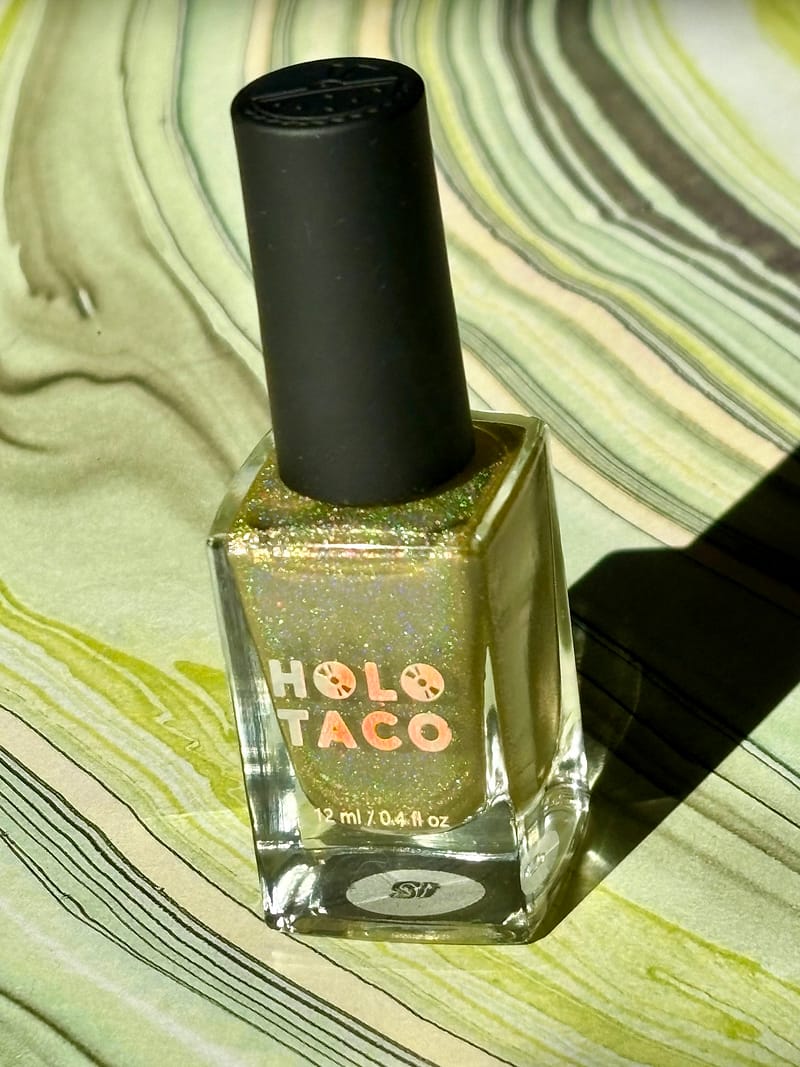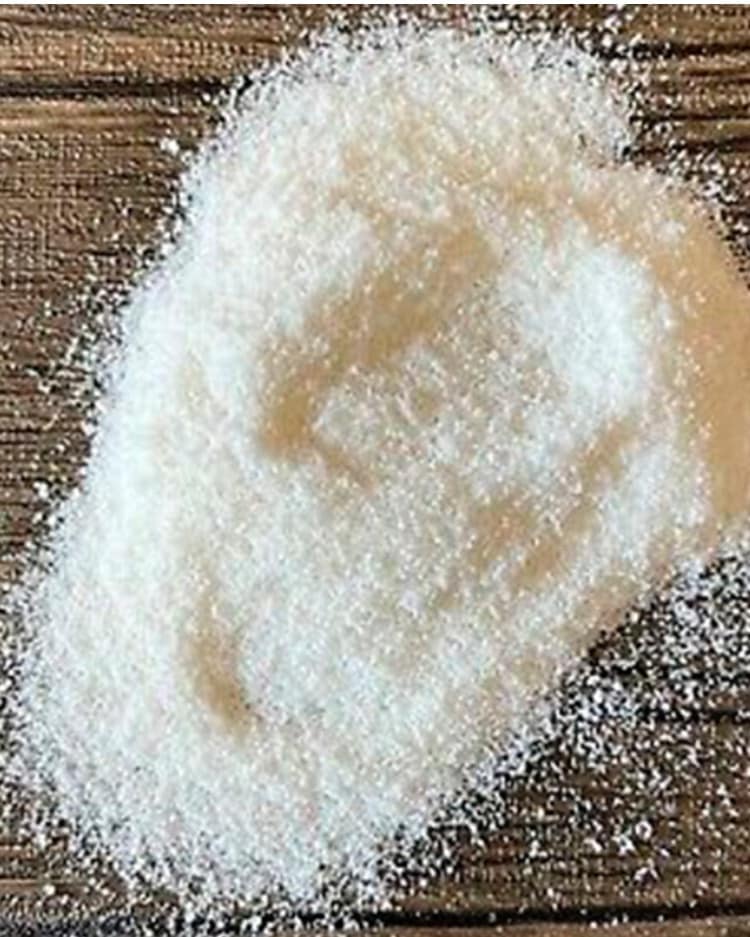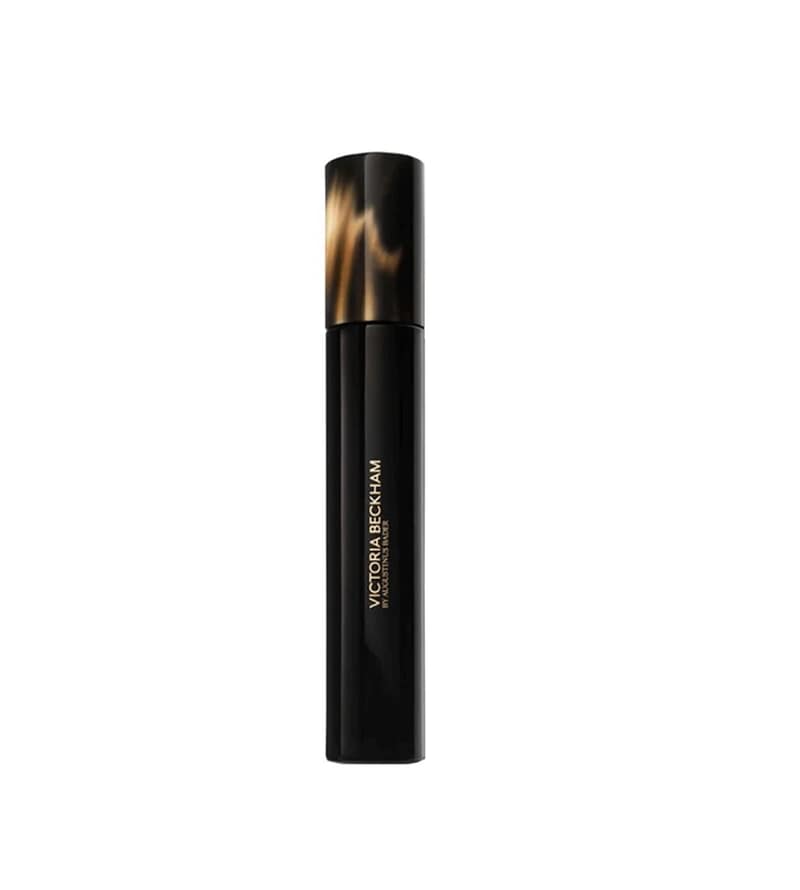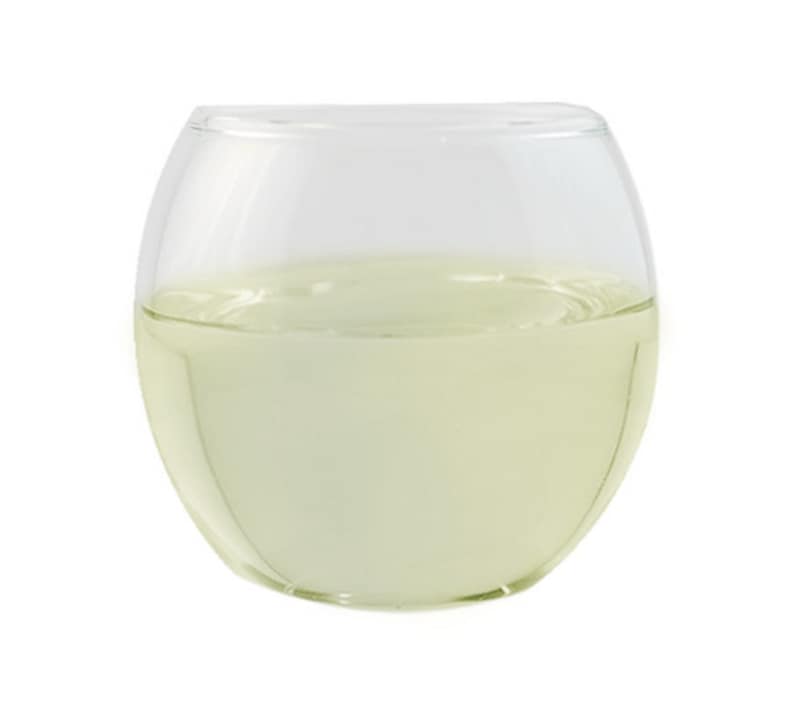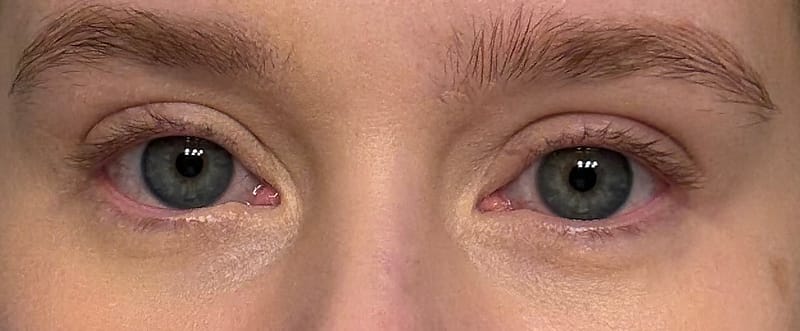Let me introduce you to the skincare ingredient that’s basically the backstage manager of your beauty routine: Disodium EDTA. It’s not glamorous. It doesn’t promise dewy skin or erase your pores with the fury of a thousand airbrushes. But it is in everything. Serums? Check. Face wash? Check. That suspiciously budget-friendly lotion you picked up at Target during a moment of emotional weakness? Double check.
And yet… you probably don’t know what it does. That’s OK. I didn’t either. So let’s pull back the curtain and look at this unassuming little ingredient that’s silently holding your products together like the world’s most chemically competent assistant stage manager.

So What Is Disodium EDTA?
Disodium EDTA (a.k.a. ethylenediaminetetraacetic acid, but let’s not) is a chelating agent. Which sounds like something you’d need to remove a demon from a haunted doll, but actually means: it binds to metal ions. Why does that matter?
Because metal ions (like iron and calcium) are little chaos goblins. They get into your products through tap water or raw ingredients and then break things down, cause spoilage, mess with the texture, and generally behave like raccoons in a Sephora. Disodium EDTA wrangles them so your products stay fresh, stable, and don’t separate into weird chunky layers like a regrettable vinaigrette.

Why It’s In Your Skincare:
- Preservation Station: It doesn’t kill bacteria itself, but it helps preservatives work better by neutralizing the metal ions that let microbes thrive. It’s the hype man of preservatives.
- Texture Queen: By keeping those metal ions in check, it prevents your cream from turning into something with the consistency of wet cottage cheese. Thanks, I hate it.
- pH Stability: It helps your formulas stay in the pH Goldilocks zone—not too acidic, not too alkaline, just right for your delicate little face.

But Is It Safe, Kristen?
Ah yes, the section where we wrestle with our inner skincare conspiracy theorist.
So here’s the deal: Disodium EDTA is considered safe by dermatologists and cosmetic scientists when used in low concentrations (which is exactly how it’s used in cosmetics). It doesn’t absorb well through the skin, so it mostly just does its job and gets rinsed or worn away without drama.
That said, the environmental concerns are real. Disodium EDTA isn’t biodegradable, and when it washes down your sink, it can accumulate in water sources. There, it may bind with heavy metals in the environment, making them more mobile and potentially more toxic. Basically: it’s like letting the raccoons out of Sephora and into the ocean.

TL;DR For Your Bathroom Shelf:
Pros:
- Keeps your skincare fresh and stable
- Boosts preservative effectiveness
- Prevents metal ions from wrecking the party
- Used in tiny, safe amounts
Cons:
- Not biodegradable
- Potential environmental impact
- Doesn’t directly benefit your skin (so it’s filler, not feature)

Should I Avoid It?
If you’re living your best granola-crunchy life and trying to make your skincare as Earth-hugging as possible, then yeah—maybe skip it. Plenty of clean beauty brands are phasing it out in favor of greener alternatives (although those can come with their own drama, because chemistry is a picky diva).
But if you’re someone who wants your serum to last longer than two weeks and not morph into a chunky jellyfish, then Disodium EDTA is the invisible friend that makes it all possible.
Final thoughts from the Kristen Experiments lab (i.e., my bathroom counter):
Disodium EDTA isn’t flashy, it isn’t Instagrammable, and it sure as hell doesn’t smell like peonies. But it’s a crucial behind-the-scenes player in your skincare. It doesn’t deserve your devotion, but it probably deserves a nod of appreciation before you slather on that $60 moisturizer and call it self-care.
Go forth. Chelate responsibly.
Further Reading:
Berkheiser, Kaitlyn. “Is Calcium Disodium EDTA a Safe Additive?” Healthline. February 9, 2023.
“Disodium EDTA: Uses, Benefits & Side Effects.” Tuco Kids. November 21, 2022.
“Should You Be Worried About EDTA in Your Health and Beauty Products?” CosmeBio. July 10, 2024.
